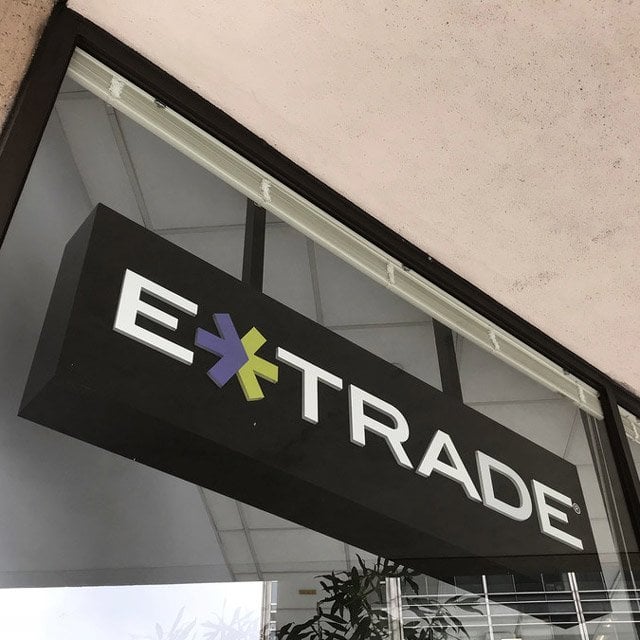Falcon
NOT FOR REPRINT
10 U.S. Stock Funds With Highest Excess Returns: Morningstar
Slideshow April 28, 2023 at 11:31 AM
Share & Print
A top Morningstar researcher recently identified the 32 diversified U.S. equity funds with the highest persistent "excess returns" from April 2013 through March 2023, using an analysis method that doesn't measure performance against peers or a common index. Instead, Morningstar.com columnist and longtime firm researcher John Rekenthaler used customized benchmarks in a "factor analysis" approach that aims to assess how much market factors, or trends, affect investments. He compared each fund to an individualized model based on certain factors, finding excess returns above the model's expected performance. To show how this works, Rekenthaler gave an example: If the model determines a fund using a particular investment strategy should earn 8.5% a year over the decade and it instead earns 8.2% annualized, its excess return comes out to negative 0.3%. An example from a previous article penned by Rekenthaler simplified the concept: A one-factor model that measures funds based only on their equity exposure would expect a 100% equity fund to rise 5% if the stock market gained 5%. Excess returns represent performance that factor analysis can't explain, according to the Morningstar analyst. Analyzing 1,655 open-end mutual and exchange-traded funds to identify the highest excess performers using a three-factor model, he found that a "whopping" 30 of the 32 funds with persistently high excess returns invest in growth stocks. This indicates the factor-analysis model "treats blend and value funds too harshly," Rekenthaler explained. He suggested this outcome may be due to actively managed small-growth mutual funds' long-term outperformance against their benchmarks. Rekenthaler narrowed the list of top-scoring funds, based on factor analysis, to 10. Among them were three small-growth and three mid-growth funds that registered the highest excess returns for their Morningstar categories; the sole small-blend and small-value funds; and the two best-scoring large-growth funds. "Factor analysis boasts the advantage of being rigorous and sophisticated, thereby generating consistent results. But the method also carries a major drawback: The numbers cannot testify about their failings," Rekenthaler wrote. "Consequently, a factor model's results imply too much certainty. As with human estimates, they contain errors, meaning that their output should also be consumed with generous amounts of salt. But if used in combination with other information, excess returns can help with the task of identifying the industry's best-run funds." See the gallery for the 10 leading funds that Rekenthaler identified. (Image: Shutterstock)
NOT FOR REPRINT
© Touchpoint Markets, All Rights Reserved. Request academic re-use from www.copyright.com. All other uses, submit a request to [email protected]. For more inforrmation visit Asset & Logo Licensing.
Featured Resources
View All
Sponsored by Axos Advisor Services
Integrated Banking Solutions: How To Enhance Client Services and Grow Your Business

Sponsored by Optifino
Three Macro Trends Impacting Long-Term Care: Trends, Solutions & Client Conversations

Sponsored by Vanilla
The Missing Piece: Why Advisors Who Skip Estate Planning are Failing Their Clients








